Thalli. Sporangia. Sori. Pinnae. Frond. As foreign as these words may seem, they refer to a plant we see all the time–ferns. You won’t find a flower, seed or stem on a fern because they aren’t a flowering plant.
Ferns are quite different from the plants and trees around them because they are a seedless vascular plant (vascular means they have circulatory system to move water and nutrients). Fern are larger than non-vascular mosses and don’t have the seeds of flowering vascular plants. Other seedless vascular plants are horsetails and club mosses.
Therefore, the parts of a fern usually have their own names. The three major parts of ferns are fronds, rhizomes and sporangia.
The frond is the part of the fern we see in the woods and is akin to the “leaf” of a flowering plant. The frond is composed of two parts: the stipe (stalk) and the blade (leafy portion).
One of the ways to identify a fern species is to look at the
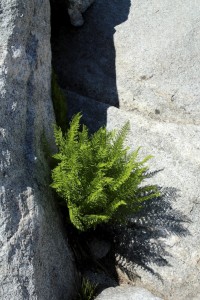
Ferns grow and thrive in habitats where flowering plants might fail such as rock crevices and tree limbs
blade shape, pinnae (leaflets) and the number of divisions on the pinnae. Some blades are undivided, others are divided many times.
Fronds can vary in size from the 1/16-of-an-inch frond of a mosquito fern to the 12-foot long frond of a tree fern. Fronds die every fall with the frosty temperatures.
The fronds of ‘true’ ferns (one of the five groups of ferns) bear sporangia on the underside of the blade. Sporangia are the reproductive structures that produce dust-like spores and look like miniature sacks or capsules.
A fern produces millions to billions of spores in its lifetime but very few land in a suitable location for growth. Even though spores are produced on the frond, fronds don’t grow from the spore.
Ferns have a complicated life cycle that involves alternation of generations. The fern’s life cycle consists of two stages: the sporophyte and the gametophyte.
We typically see the sporophyte stage which is the fern frond. Rarely seen is the gametophyte stage because it is so small–less than 1/2 inch long.
If the spore lands in a suitable location, it starts to grow by cell division into a little green heart-shaped plant called a thalli. The thalli contains the sexual reproductive organs, the male antheridia and the female archegonia, either on the same thalli or separate thalli.
When the conditions are wet (such as when its raining), the antheridia releases sperm that swim and enter the archegonia which fertilizes the egg and forms a zygote. The zygote then grows into the sporophyte (fern frond) and the cycle is complete.
Now, not all spores land in a suitable location so ferns have another means of spreading–rhizomes. Many other plants have rhizomes such as cattails and skunk cabbage.
The rhizomes produce genetically-identical fronds which creates a patch of ferns. Often rhizomes are underground or inconspicuous but the rhizomes of tree ferns are highly visible because they are almost two feet in diameter.
The rhizomes carry water and minerals absorbed from the roots (which grow from the rhizome) to the fronds. The roots have the same purpose as in flowering plants, they anchor the fern to the ground and uptake water and minerals.
Even though ferns are classified differently because they are seedless, they do have many attributes similar to flowering plants. Ferns just have a more complicated life cycle to produce their greenery.

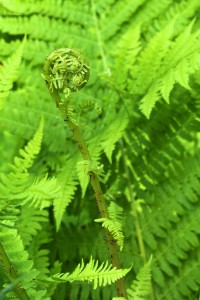
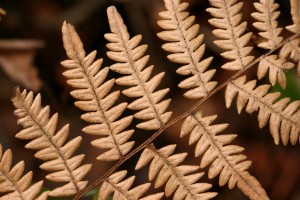
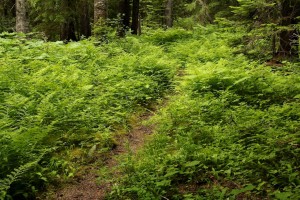
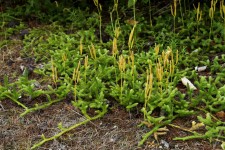
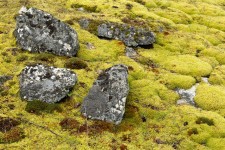
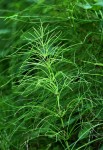
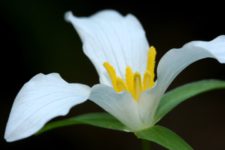
I need about 35 plants to start at our HOA. Do you have any idea where I can get some for free. Thank you